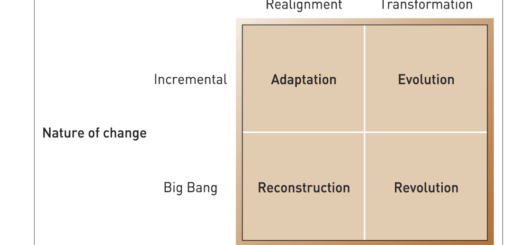Personnel Management Vs Human Resource Management
Personnel Management (PM) and Human Resource Management (HRM) are two distinct approaches to managing people in an organization. Here are some of the key differences between PM and HRM:
- Focus: PM focuses primarily on administrative tasks, such as maintaining employee records, payroll, and compliance with employment laws. HRM, on the other hand, focuses on strategic management of people and aligning HR policies and practices with the overall goals of the organization.
- Employee Relations: PM tends to have a more paternalistic approach to employee relations, where the employer assumes a role of caretaker or parent, and employees are viewed as passive recipients of benefits and rewards. HRM, on the other hand, views employees as active contributors to the organization and seeks to empower them to participate in decision-making and take ownership of their own development.
- Communication: PM tends to have a top-down communication style, with little input from employees, while HRM emphasizes open communication, collaboration, and feedback between employees and management.
- Recruitment and Selection: PM tends to have a transactional approach to recruitment and selection, with a focus on filling positions as quickly and efficiently as possible. HRM, on the other hand, takes a more strategic approach to recruitment and selection, focusing on identifying and hiring employees who have the right skills, values, and cultural fit for the organization.
- Training and Development: PM tends to have a limited approach to training and development, with a focus on meeting basic job requirements. HRM, on the other hand, emphasizes continuous learning and development to help employees reach their full potential and contribute to the organization’s success.
Overall, while there are some similarities between PM and HRM, HRM takes a more strategic, employee-focused approach that emphasizes communication, collaboration, and continuous learning and development.




